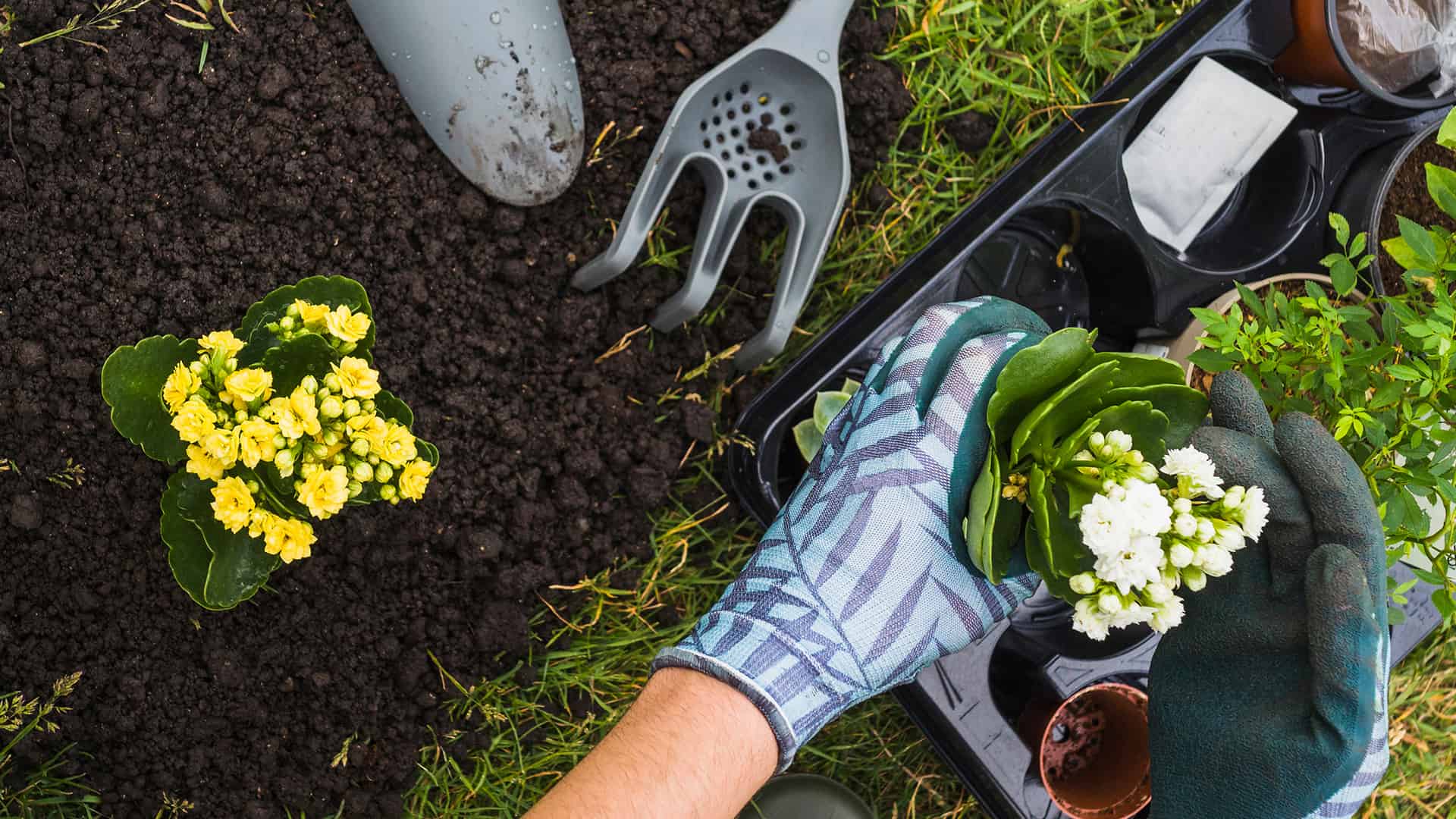Know your fertilizers

Plants that get proper nutrition are more productive, provide better-quality goods, and seem healthier. Although most soils are deficient in the vital nutrients needed for healthy development, plants need fertilizer. Many of us regularly use fertilizer for our home gardens, veggies, and other things. Theoretically, fertilizer should promote quicker plant or grass growth. It seems straightforward: you go to the store, choose a fertilizer by reading the front label, apply it as instructed, and the miracle occurs. Unfortunately, the work is not so easy. You need know at least the following in order to comprehend your fertilizer requirements:
Pro tip:
You should test your soil before applying any fertilizer.
A home test kit will tell you the nitrogen, phosphorous, and potassium levels in your soil, as well as the pH level.
Plants require six basic nutrients in relatively considerable quantities.
- Carbon
- Hydrogen
- Oxygen
- Nitrogen
- Phosphorus
- Potassium
How to choose your fertilizer?
You can choose a unique formulation if a soil test reveals nutrient inadequacies or if you wish to adjust your fertilizer to the demands of specific plants. What you choose will be determined by your soil and the crops you are producing.
When selecting a fertilizer make sure l to look at the NPK value. This “N-P-K” ratio represents the available nutrients by weight in that fertilizer.
When Should You Fertilize Your Garden?
- In the spring, fertilizer is usually applied to edible crops and mixed into the garden soil before planting. It is not necessary to work it deeply into the soil; just the top 3 to 5 inches will suffice. After that, the fertilizer should be watered in.
- Fertilization of decorative trees, coniferous trees, and perennials is common as hibernation pauses at the start of the growing period.
- In the middle of the season, tomatoes and potatoes will demand more fertilizer as the plants absorb and use existing nutrients. Switch to a low-nitrogen fertilizer when tomatoes begin to flower to encourage more flowers and fruit rather than foliage.
Types of Fertilizers
Granular Fertilizer: Granular fertilizer is a type of dry fertilizer that is commonly seen in the form of pellets. Most of the granular lawn Know your fertilizers is slow-release, which means it gradually delivers nutrients to the grass over time.
Organic Fertilizers: Organic fertilizers are made from plants or animals. Compost, fish emulsion, and blood meal are examples of organic fertilizers.
ProcessedFertilizers: Processed fertilizers (also known as synthetic or chemical fertilizers) are made with a high concentration of primary nutrients, primarily nitrogen, phosphorous, and potassium.
Liquid Fertilizer: Liquid fertilizer usually starts off as a concentrated fluid that you dilute with water or as a dry, water-soluble product that you dissolve in water. Most liquid fertilizers are quick-release, which means they provide nutrients to the grass right away.
It’s easy to become overwhelmed when shopping for fertilizer at any hardware store. Visit us today for all your fertilizer needs. Every time a customer visits Hendra Hardware, we strive to create an experience for them. With our store manager Dean Cuss and his team’s combined experience of over 100 years, we are confident that you will leave with the best solution in hand and the right advice.
 (07) 3268 7161
(07) 3268 7161
 View Cart
View Cart
 Australian Owned
Australian Owned Fast dispatch
Fast dispatch 30 Day Return Policy
30 Day Return Policy Industry Leading Support
Industry Leading Support


